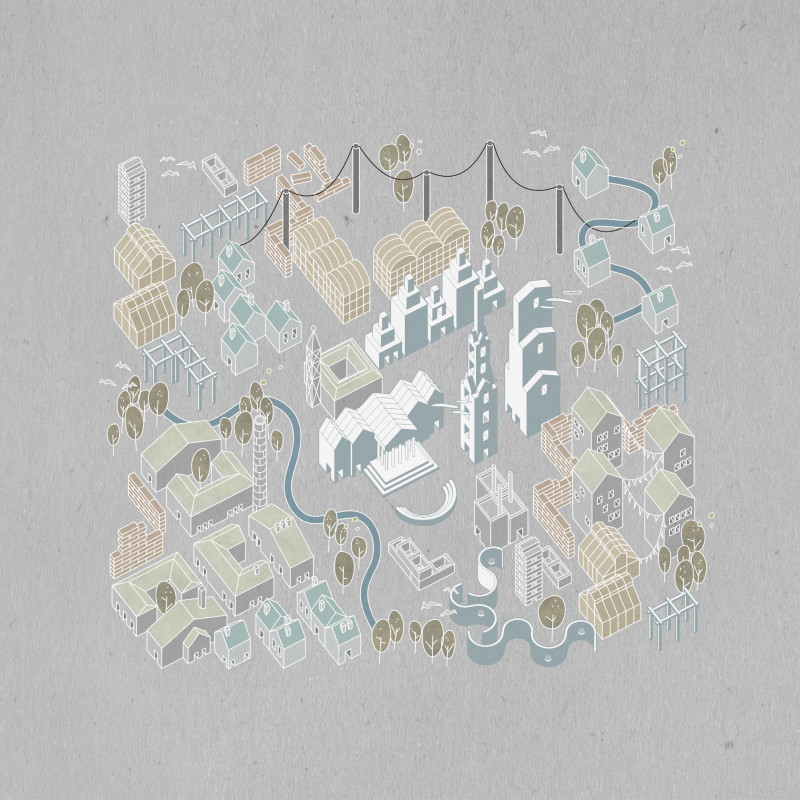5 key facts about this project
The design embodies the principles of Macromalistic living, focusing on a blend of macro living within a minimalistic framework. Set in an urban environment, the concept redefines residential units, represented as “bubbles,” that interact to enhance community experiences. These bubbles exist not in isolation, but as part of a larger community, allowing for a connection that is often missing in typical urban living.
Redistribution of Functions
A key aspect is the redistribution of everyday functions across public spaces. This allows elements usually confined to private homes, like kitchens and lounges, to extend into the urban landscape. Parks, libraries, and cafés become essential components of daily life, promoting public engagement. As these spaces become multifunctional, they encourage social interaction, reducing dependence on traditional living areas and fostering a lively communal atmosphere.
Emphasis on Nature
The design integrates green spaces throughout the urban fabric, providing residents with connections to nature. This relationship is crucial for mental and physical well-being. Parks and gardens serve as places for relaxation and socializing, contributing to a healthier lifestyle. The presence of greenery nurtures a sense of calm and offers restorative experiences within the bustling city.
Inclusivity and Community Interaction
Promoting inclusivity is vital within this design framework. The project aims to create diverse public spaces that invite people from different backgrounds to come together. This encourages interaction and builds a sense of belonging among residents. By breaking down social barriers, the design fosters social cohesion and enhances community life, allowing various groups to coexist and engage with one another.
The approach to urban living emphasizes interactions and participation among residents. Each bubble serves not just its occupant but also plays a role in the wider community. The integration of both public and private spaces promotes shared experiences, ensuring that the urban environment is vibrant and responsive to the needs of its inhabitants.






















































